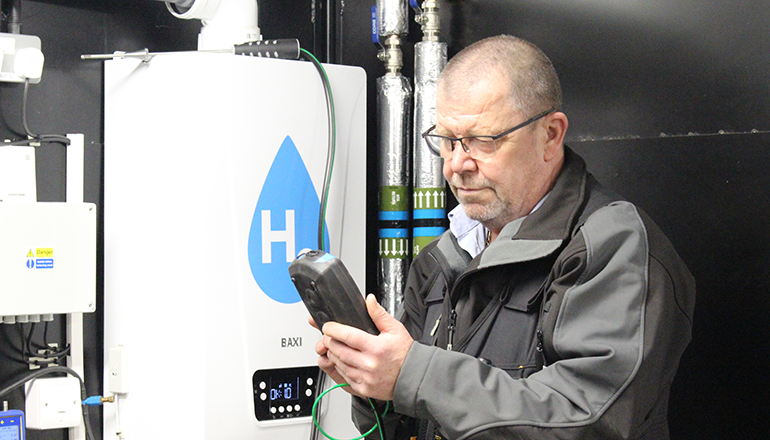
Apprenticeship levy comes into force
The government’s new apprenticeship levy begins on 6 April with the aim of creating 3 million more apprenticeships by 2020.
The apprenticeship levy will be paid by employers in England, which have a payroll of more than £3 million, and charged at 0.5 per cent of their annual wage bill. There are no exceptions, with the levy applying to businesses across all industries, provided their wage bill exceeds £3 million.
The levy payment will be topped up by 10 per cent by the government and held in a service account for the business to spend on apprenticeship training and assessment. It’s a use it or lose it deal, with all deposits to be spent within two years or forfeited.
Complicating matters, apprenticeships are a devolved policy, so authorities in each UK nation manage their own programmes. The levy applies to England only, and will be calculated on the proportion of wages that apply to employees living in England.
For employers who pay the levy, apprenticeships will be managed through a new apprenticeship service account on GOV.UK, which will allow them to select an apprenticeship framework or standard, training providers and assessment organisations, as well as manage recruitment and provider payments. Businesses that aren’t required to pay the levy won’t need to use the apprenticeship service to manage their apprenticeships until at least 2018.
Share the costs
Under the new system, employers who don’t pay the levy – which is almost 99 per cent of businesses in England – can have 90 per cent of an apprentice’s training and assessment costs paid for by the government.
This ‘co-investment’ arrangement, which begins on 1 May, will help businesses cover most of the cost of an apprentice’s training and assessment up to a maximum government contribution limit. For gas engineering apprenticeships, the limit is set at £27,000 for apprenticeships that begin after 1 May 2017, with any further charges to be paid by the employer.
There are extra incentives available for providers for and employers of 16 to 18-year-old apprentices (or an apprentice up to 24 who has been in care or has special needs). All providers and employers of these apprentices will receive at £1,000 payment each, and employers of fewer than 50 people in total will also have all their young apprentice’s training and assessment costs paid for.
There are several criteria that apprenticeships must meet to be eligible for funding. A key factor is that apprentices must be working within an apprenticeship framework or standard. Frameworks are being phased out by 2020 and replaced with employer and industry-developed standards. Each occupation has its own standard, including gas engineering.
It’s important to note that co-investment and levy funds can only be used to pay for government-approved training and assessment. Businesses can select an approved training provider and assessment organisation using the registers on the apprenticeship service.
The levy does not change the way employers fund training for apprentices who joined their company before 1 May 2017. These apprenticeships will continue under the same arrangements as before.
Need help?
Contact these organisations for help with taking on and managing apprenticeships.
England 08000 150 600 nationalhelpdesk@apprenticeships.gov.uk
Scotland 0800 783 6000 www.apprenticeships.scot
Wales 03000 603000 businesswales.gov.wales/skillsgateway/apprenticeships
Northern Ireland 0300 200 7876 www.nidirect.gov.uk/campaigns/apprenticeships


